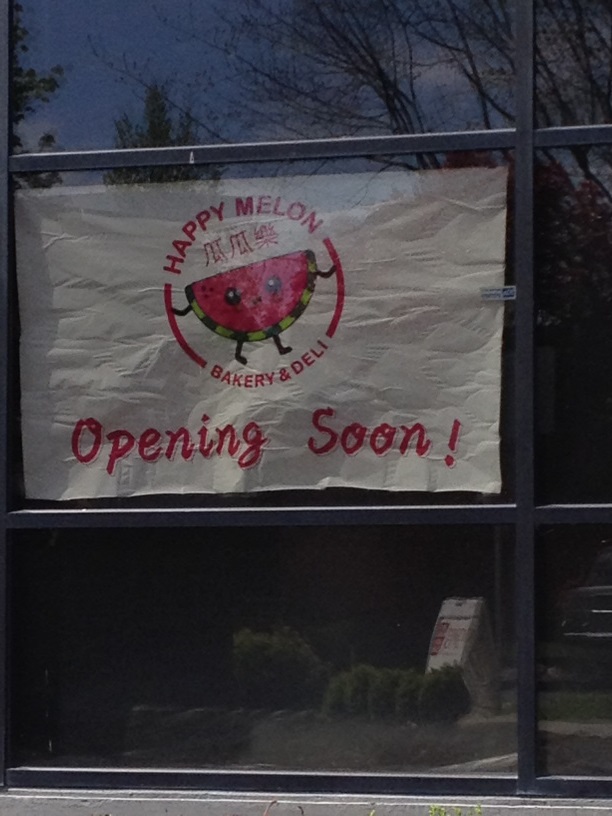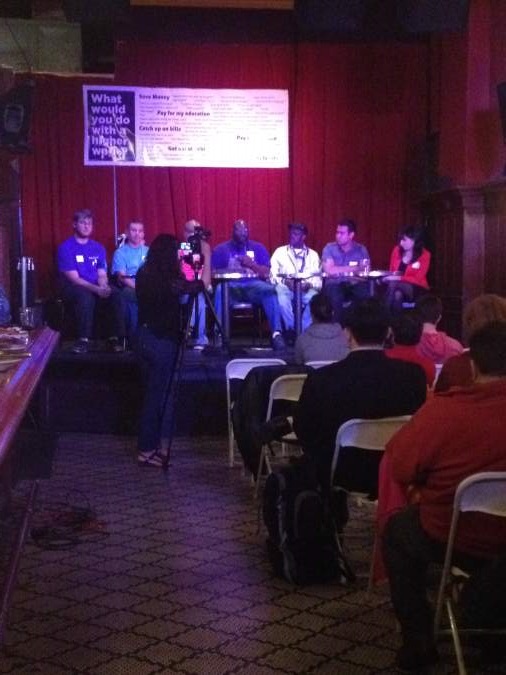I never visit a restaurant during its first weeks, since I fear an hour-long wait for appetizers or a never-refilled water glass could sour me on the place forever. Even if it’s one I have no intention of ever reviewing, I’d rather spend my time at a restaurant that’s hit its stride, as it’s not uncommon for brand-new restaurants to run out of plates, mix up orders, and serve cold food.
But though I should have known better, I recently set aside my early-visit prohibition to check out Fonda La Catrina in Georgetown. My reasoning seemed fairly rational: I needed to figure out how we might cover the restaurant in the future, I wanted salsa, and the owner’s wife had sent me an e-mail asking me to visit. “They just might be ready to be judged,” she wrote. Once a restaurant issues an invitation, it’s surely fair game.
The dinner went exactly as anticipated: disastrously. “I’m sorry I couldn’t take care of you guys,” the bartender told us after a meal marred by mishaps. Since La Catrina will likely sort out its issues in time, it’s not worth rehashing them here. But the experience made me wonder: How do restaurants get away with this?
Unlike a play or a ballet, the culinary arts are interactive. That means it’s nearly impossible to present a perfected product on opening night. Opening night at the opera would surely be rougher if patrons were allowed to wander across the stage and demand 20 more arias than the company had rehearsed, so kinks are understandable. The problem is that restaurants are charging customers full price for a lousy experience. A free crème brûlée can’t make up for an hour spent in a waiting area that doesn’t yet have chairs, or the bar running out of gin.
I’d love to see restaurants chop 20 percent off their prices for the first week or two of business. Of course, a discount might draw even more customers, the last thing an overwhelmed restaurant needs. And since restaurants are eager to collect all the cash they can after months of spending, it’s unlikely they’d put a reasonable cap on the guest count. But it’s ludicrous to suggest a plate of spaghetti’s value doesn’t change between opening night and a random date six months later, when $14 buys not only noodles and tomato sauce but the attentions of a server, the pleasures of a calm dining room, and the serenity that comes from knowing the kitchen is confident and capable.
A restaurateur would likely argue that diners know what they’re getting into when they show up at a new restaurant. I imagine they’d suggest the associated excitement and novelty offset the annoyances. For a few diners, I have no doubt that’s true. But I think many diners— whom the restaurant may never see again—are getting a raw deal.








